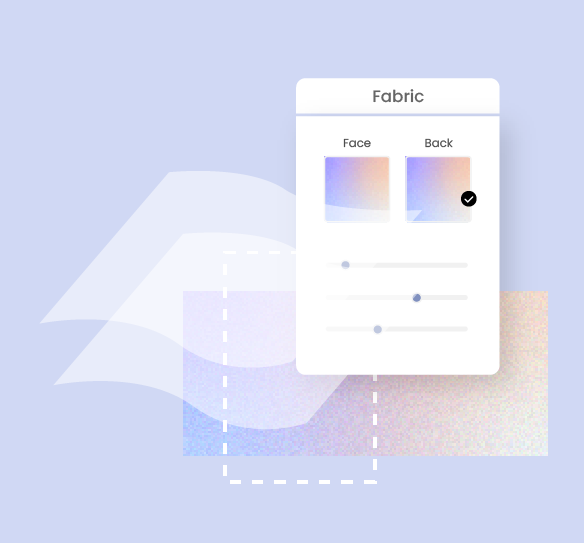Ultimate Guide to 3D Fashion Design
Explore our guide to 3D fashion design: uncover top software, techniques, and benefits, and see how 3D tech transforms design, production, and...

The fashion world is evolving, as are the tools available to designers. Fashion designers have long used 2D sketches. However, 3D technology is quickly changing the industry. By using 3D technology, fashion designers can enhance their skills and take advantage of the digital revolution. This technology offers new opportunities for creativity and efficiency.
3D fashion design involves creating digital clothing models using specialized software. Designers can use models to create realistic simulations of different fabrics, textures, and patterns to visualize their creations accurately. Unlike traditional 2D sketches, 3D designs offer a 360-degree view of garments. This helps identify and adjust design elements more easily before moving to the production stage.
Transitioning to 3D apparel design offers numerous advantages that can significantly enhance the fashion design process. By leveraging advanced 3D technology, designers can streamline their workflows, increase efficiency, and push the boundaries of creativity.

3D garment prototyping significantly reduces the time and resources needed for sample production. Designers can make adjustments and finalize designs before cutting a single piece of fabric, which minimizes waste.
With 3D fashion design software, designers can experiment with complex patterns and structures that would be difficult to visualize in 2D.
3D clothing design software contributes to more sustainable fashion practices by reducing the need for physical samples.
3D models can be easily shared with team members and stakeholders, facilitating feedback and collaboration. 3D design tools can also be used for online marketing, allowing customers to view garments from any angle.
Before diving into software, understand the philosophical shift. 2D thrives on flat representation, while 3D demands thinking in volumes and textures. Embrace the change - visualize how fabrics drape, seams interact, and garments move in real-life scenarios.
Mastering 3D software is crucial for transitioning from 2D to 3D design. Start by exploring online courses, tutorials, and educational platforms such as Browzwear University. These resources offer comprehensive training to help you understand the tools, shortcuts, and functionalities unique to 3D fashion design. By familiarizing yourself with the software's capabilities, you'll be better equipped to create detailed, realistic designs and enhance your overall efficiency.
Don't abandon your sketching! Use your existing 2D designs as blueprints for 3D exploration. Translate your sketches into realistic 3D and digital patterns. Experiment with variations, and visualize your ideas coming to life in a whole new dimension.
The 3D fashion design community is welcoming and supportive. Join online forums, like Browzwear's Facebook user forum or Browzwear's LinkedIn group, follow inspiring artists, and connect with mentors. Engage in discussions, share your work, and learn from others' experiences.
Like any new skill, mastering 3D design takes time and dedication. Do not let initial challenges discourage you. Embrace experimentation, persist through troubleshooting, and celebrate your progress along the way.
Gradually incorporate 3D modeling into your design process. Start by using the tool for specific parts of your projects where it can be most useful. For example, you can use it to visualize drapes and fits. Once you are comfortable with it, you can gradually incorporate it into your workflow.
3D fashion design is changing quickly. It's important to keep up with new software, techniques, and trends in the industry.
Regularly updating your knowledge ensures your skills remain sharp and relevant. Stay up to date on the latest industry news by participating in webinars, attending conferences, and joining online forums. By continuously learning and adapting, you'll be better positioned to leverage new tools and innovations, maintaining a competitive edge in the dynamic world of 3D fashion design.
Transitioning to 3D opens doors to new opportunities. Create virtual prototypes, collaborate remotely, explore sustainable design practices, and even delve into the metaverse! Stay ahead of the curve and embrace the exciting possibilities that 3D technology offers the fashion world.
Remember, this is just the beginning of your 3D design journey. With dedication and digital tools, you can quickly turn simple 2D sketches into impressive 3D designs.
What's next? Reach out to us, and let's start your 3D journey!
Explore our guide to 3D fashion design: uncover top software, techniques, and benefits, and see how 3D tech transforms design, production, and...
Discover four proven strategies to seamlessly integrate new 3D fashion design technology into your workflow, boosting efficiency and innovation.
Discover how 3D fashion design transforms the industry with enhanced sustainability, efficiency, fit accuracy, customization, and innovation.